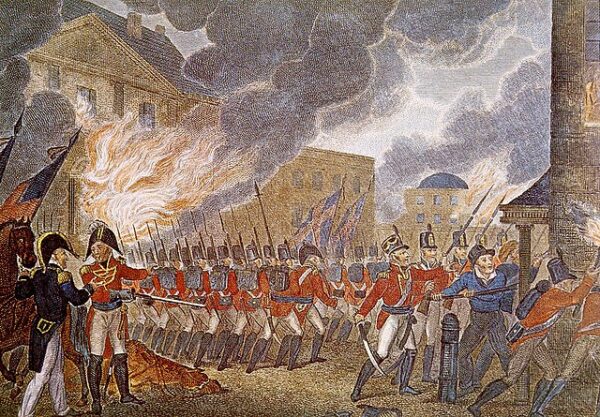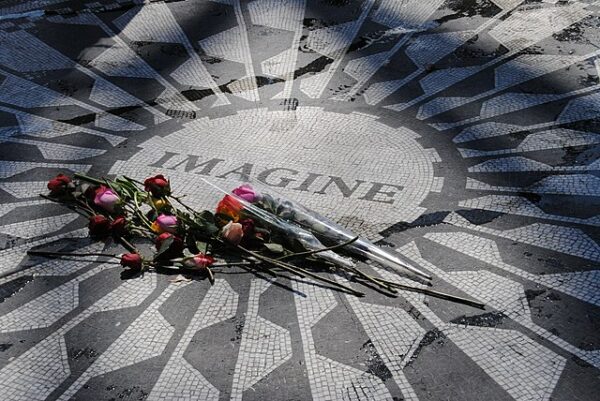On August 24, 1814, a significant and devastating event unfolded in American history—the burning of the White House by British forces. This dramatic episode occurred during the War of 1812, a conflict between the United States and Great Britain that had been raging for two years. The burning of Washington D.C., and particularly the White House, became a symbol of the vulnerability of the young American nation and left a lasting impact on the country’s psyche.
Context of the War of 1812
The War of 1812 was primarily fueled by tensions between the United States and Great Britain, stemming from issues like trade restrictions imposed by Britain, the impressment of American sailors into the British Navy, and British support for Native American attacks against American settlers on the western frontier. The war saw several confrontations, but by 1814, the conflict had reached a critical point.
In the summer of 1814, British forces, fresh from victories in Europe against Napoleon, were able to redirect their attention to the war in North America. The British strategy included launching a large-scale attack on the American capital, Washington D.C., aiming to demoralize the nation and force the United States into a favorable peace agreement.
The March on Washington D.C.
Under the command of Major General Robert Ross, a British force of around 4,500 soldiers landed in Maryland and began their march toward Washington D.C. The American defense was ill-prepared to face the experienced British troops. At the Battle of Bladensburg, just outside Washington D.C., the British easily defeated the hastily assembled American militia, clearing the way to the capital.
By the evening of August 24, 1814, British troops entered Washington D.C. with little resistance. The city’s residents, including President James Madison and his administration, had already fled. First Lady Dolley Madison famously stayed behind long enough to save important state documents and a portrait of George Washington before escaping.
The Destruction of the White House
Once in the capital, the British forces set about systematically burning public buildings as a form of retribution for the American burning of York (modern-day Toronto) in 1813. The most significant of these targets was the White House, known then as the Presidential Mansion.
British troops set fire to the White House, starting with the dining room, where they reportedly sat down to eat the meal that had been prepared for the President’s expected return. After the feast, the soldiers looted the building and set it ablaze, watching as flames consumed the structure. The fire destroyed much of the White House’s interior, leaving only its exterior walls standing.
The Capitol building, housing the Library of Congress, the Senate, and the House of Representatives, was also set on fire, resulting in the loss of thousands of books and irreplaceable records. Other government buildings, including the Treasury and the War Department, were similarly destroyed.
Aftermath and Legacy
The burning of Washington D.C., and especially the White House, was a humiliating blow to the United States. It underscored the nation’s vulnerability and the serious threat posed by the British. However, the event also galvanized American resolve. Just a few weeks later, the U.S. achieved a significant victory at the Battle of Baltimore, which inspired Francis Scott Key to write “The Star-Spangled Banner.”
In the years that followed, the White House was rebuilt, symbolizing the resilience and determination of the American people. Today, the events of August 24, 1814, are remembered as a pivotal moment in American history, illustrating the challenges faced by the young republic and its ability to endure and rebuild in the face of adversity.






